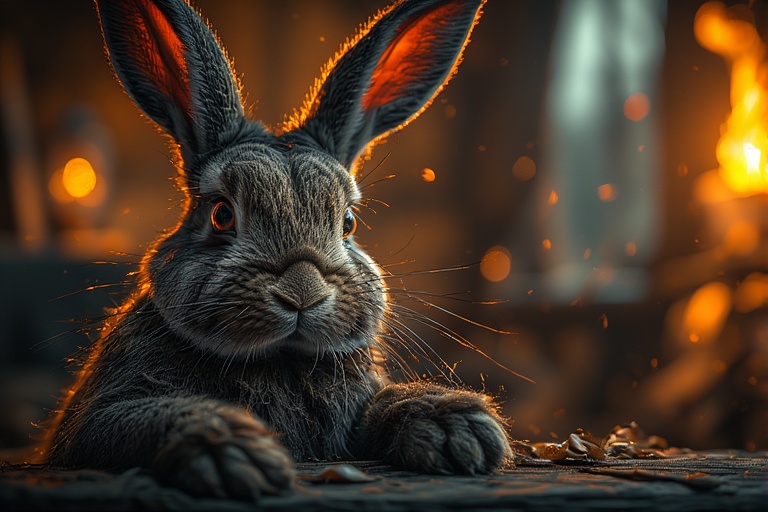
Fort Collins, Colorado, found itself in the global spotlight this week after images of rabbits with strange, horn-like growths went viral. The unsettling photos sparked everything from horror-movie jokes to wild conspiracy theories, with many dubbing the creatures “zombie rabbits” or “Frankenstein bunnies.”
But while the appearance may look like something out of a sci-fi flick, scientists say the explanation is far less apocalyptic and much more fascinating.
The Science Behind the Scare
The rabbits are suffering from a condition caused by Shope papillomavirus, a viral infection that produces wart-like tumors on the animal’s head and face. In some cases, the growths curve outward, giving the impression of twisted horns or antlers. The disease can affect a rabbit’s ability to eat, but it is not transmissible to humans and poses no threat to people or pets.
Interestingly, biologists believe this condition gave rise to the American folklore legend of the jackalope—a mythical horned rabbit often featured on postcards and roadside souvenirs across the western U.S. What locals once thought was fantasy may have been inspired by real-life infected rabbits spotted centuries ago.
From Panic to Pop Culture
As news of the rabbits spread online, panic quickly gave way to humor. Locals began nicknaming the animals “Halloween hares” and “nature’s tricksters.” Memes popped up comparing the rabbits to horror villains, and some even joked about starting “zombie rabbit survival guides.”
Wildlife experts, meanwhile, urged compassion. The virus, while disfiguring, is a natural occurrence in rabbit populations, and many infected animals continue to live normal lives until the growths become too severe.
A Reminder of Nature’s Oddities
The episode highlights just how quickly unusual wildlife sightings can spread in the digital age. A few decades ago, such a story might have stayed a quirky local mystery. Today, with a single viral post, it becomes a global talking point reminding us of both the wonders and strangeness of the natural world.






